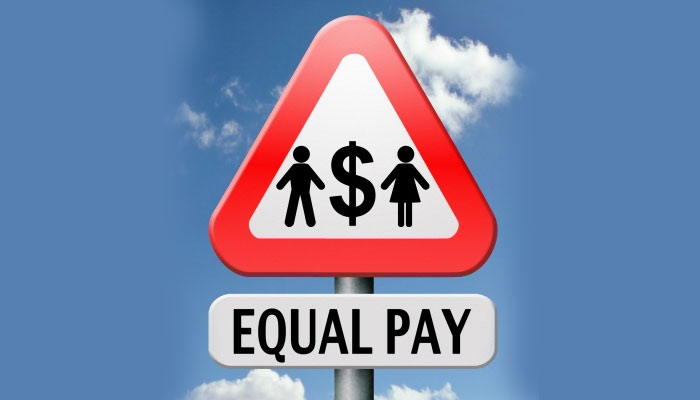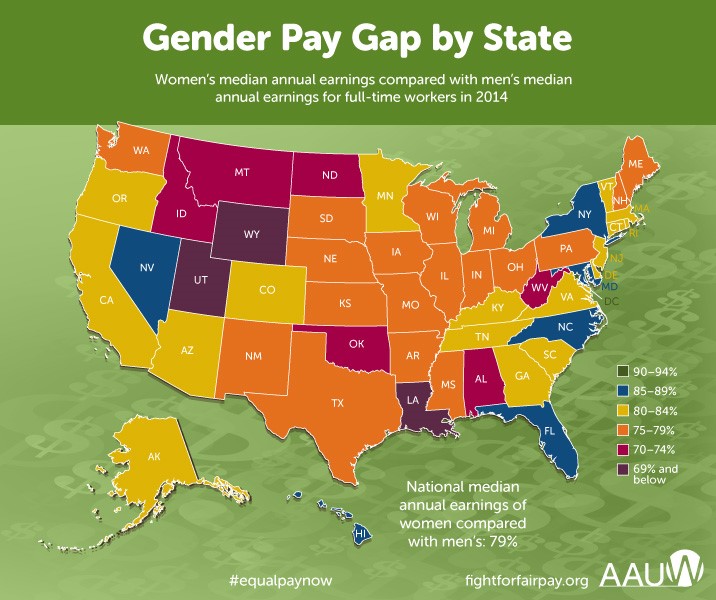In 2014, the average gender wage gap in California was 16 cents on every dollar, across almost all occupations. This gap was far worse for Latina women who were earning only 44 cents for every dollar a white male was making. Lawmakers took this case very seriously and passed Fair Pay Act. This new law will be effective from January 1, 2016. They believe that achieving equal pay would account for approximately $33.6 billion in annual wages that full-time female employees are currently losing due to gender discrimination. California’s New Fair Pay Law mandates that any pay gap between male and female employees can only be based on factors such as seniority, skills and merit. Companies have already started making corrections in their HRIS and Payroll system to ensure compliance with this new law. In this blog, we will try to explain the mandates of the Fair Pay Law and required corrections in HRIS and payroll system.
Mandates of California’s New Fair Pay Law
- It requires equal pay between genders for substantially similar work, allows comparisons among different job titles and facilities.
- It requires pay differentials between genders to be fully explainable by a limited number of factors specified in the law such as education, training and experience. Most importantly, the law asks an explanation from the employers to show why a specific degree is a necessity for a particular job.
- It allows employees to request information about the compensation of other employees. However, the law does not mandate employers to reveal such information.
- It mandates employers to not prohibit their employees from disclosing their wages, discussing the wages of others, inquiring about another employee’s wages, or aiding or encouraging any other employee to exercise his or her rights.
- It mandates employers to maintain records of the wages and wage rates, job classifications, and other terms and conditions of employment of their employees for a period of three years.
It’s time to fine tune your HRIS data
Before scrutinizing the salaries of all your female employees, you must make sure that you have correct basic information about your employees such as qualifications, critical skills and total work experience. HR department must update its HRIS data (ASAP) with detailed information about who is doing precisely what, how each employee is paid compared to his or her peers, and the “business necessity” behind differences in what people make in comparable jobs.
Track salaries meticulously
Now if you decide to pay USD 4,500 per month to a new hire, then you have to explain in written and justify this specific amount. Your explanation should be crisp and clear so that if someone replaces you in coming months, he or she should be in a comfortable situation to explain the “business necessity” of your decision. The new law requires meticulous documentation of hiring managers’ pay decisions. That’s why it is now a necessity of every organization to precisely integrate its HRIS data with the Payroll system.
Final thought
This Law has fairly deep implications. Therefore, companies should organize internal training or workshop to understand intricate points of California’s New Fair Pay Law. They should also train their employees on how to make the best use of HRIS and Payroll system, and cross-reference employee compensation across the company. Most importantly, you should update your employee handbook, include all the new provisions of the Fair Pay Law, including employees’ right to inquire about their own and discuss colleagues’ wages without retaliation, discrimination or harassment.




